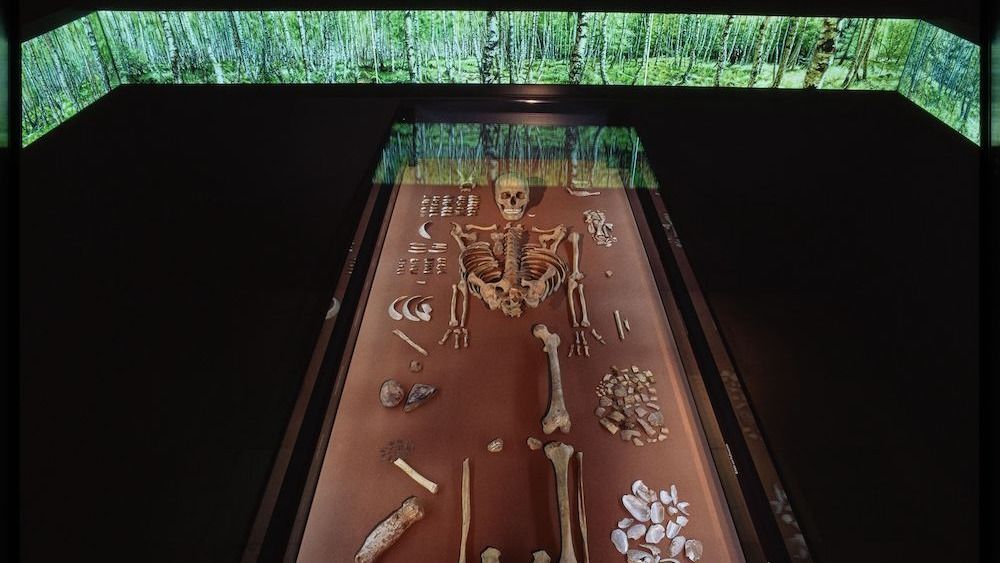In 1934, workers in Germany discovered the double burial of a woman placed in a seated position with an infant between her legs. Because of the overabundance of grave goods surrounding the pair, archaeologists concluded that she was likely a shaman who died about 9,000 years ago, during the Mesolithic period. However, her true identity and relationship with the child have remained a mystery.
Now, new genetic research has revealed a new clue: The shaman buried in Bad Dürrenberg, a town in eastern Germany, wasn’t the mother of the infant but rather a fourth- or fifth-degree relative to the boy who may have been buried decades earlier than him, according to an article published as a chapter in the conference proceedings “Propylaeum.”
You must log in or # to comment.


